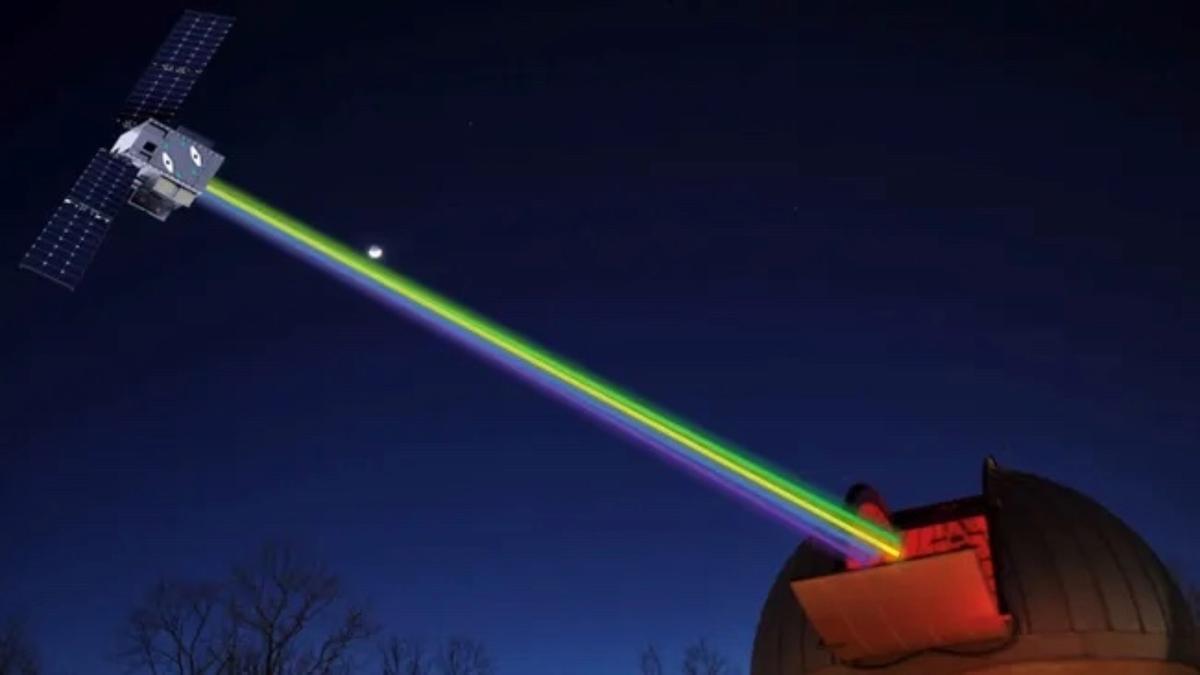NASA To Launch “Artificial Star” Landolt To Calibrate Telescopes
17th Jun 2024
NASA plans to launch an “artificial star” named Landolt into Earth’s orbit by 2029 to improve the calibration of ground-based telescopes. This satellite promises to enhance our understanding of stars, exoplanets, and even dark energy.
By comparing Landolt’s known brightness with that of real stars, scientists can develop more accurate catalogues.
About “Artificial Star” Landolt Project
The “artificial star” Landolt is a small shoebox-sized satellite outfitted with eight lasers.
This tiny satellite will orbit the Earth at an altitude of 22,236 miles, simulating a real star for telescopes.
To develop this tiny satellite, the space agency has approved a $19.5 million budget for the Landolt NASA Space Mission.
How Does It Work?
When starlight passes through Earth’s atmosphere, some of it gets absorbed. This makes it challenging for astronomers to determine the true brightness of distant stars accurately.
Currently, astronomers use specific types of stars known as “standard candles” to measure the distances and brightness of other stars. However, the data from these standard candles is not as precise as scientists need.
By comparing Landolt’s known brightness to that of real stars, scientists can calibrate their telescopes to compensate for the atmospheric dimming effect. This will enable them to measure the brightness of stars and distant galaxies more precisely.
“This calibration under known laser wavelength and power will remove effects of atmosphere filtration of light and allow scientists to improve measurements significantly,” explained Piotr Pachowicz, associate professor at George Mason University.
Can You See “Artificial Star” Landolt From Earth?
During its first year in orbit, Landolt will hover in a fixed position above the United States. Due to its low brightness, this tiny satellite won’t be visible to the naked eye. However, astronomers using personal telescopes might be able to spot it. This means new great astrophotos will come soon!
Which New Knowledge Will It Bring?
Overall, the “Artificial Star” Landolt will help scientists to create “new stellar brightness catalogues”. This improved data will address several unresolved questions in astrophysics, such as the expansion of the universe and the nature of supernova explosions.






Thank you for your comment! It will be visible on the site after moderation.